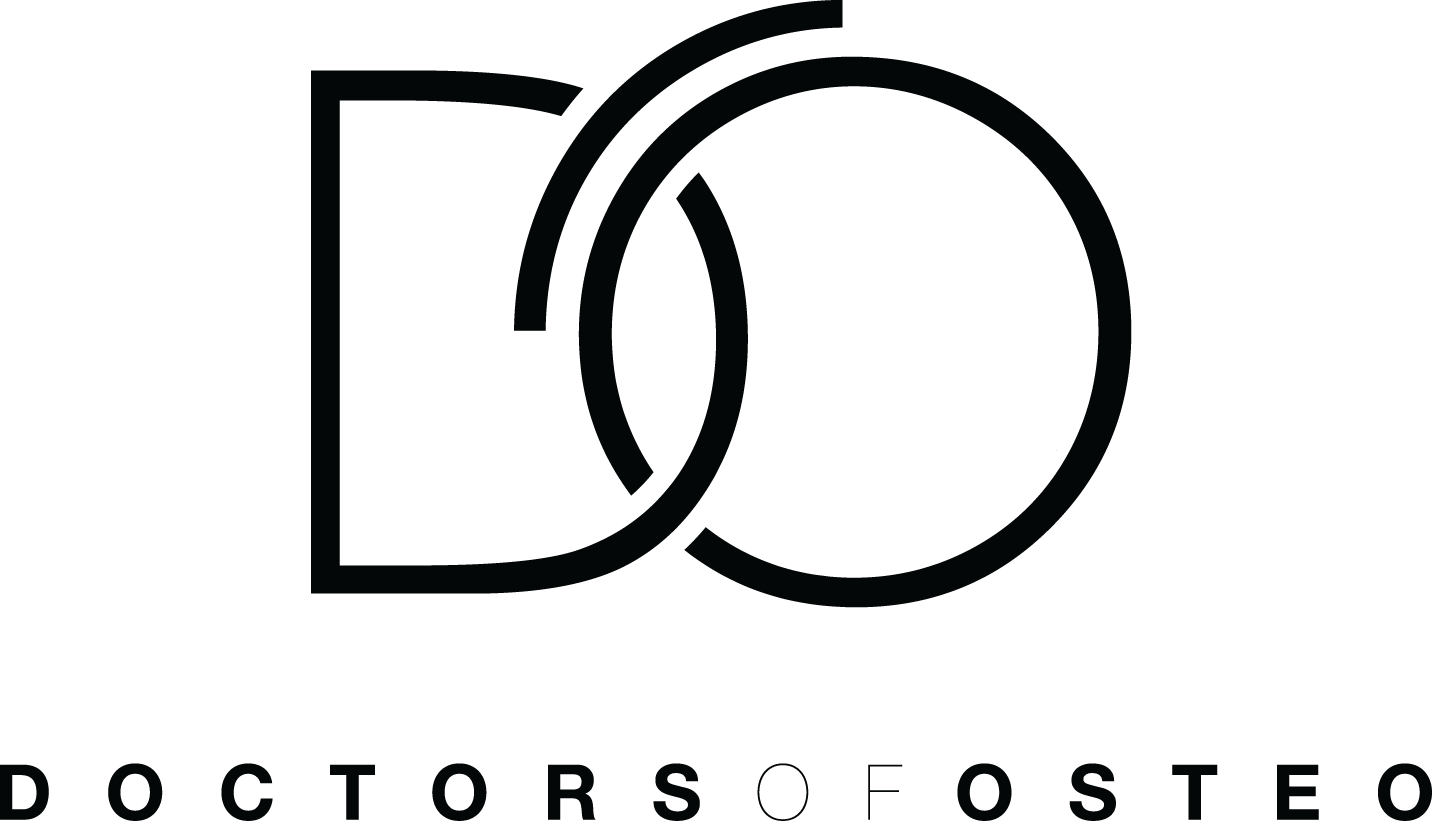Femoroacetabular Impingement (FAI / Hip Pain)
What is Femoroacetabular Impingement (FAI)?
Femoroacetabular impingement (FAI) is a condition in which extra bone grows around the hip joint— causing additional and irregular contact between the ball and socket joint and preventing smooth movement during activity. There are three different combinations of FAI bone growth around the ball and socket area called Cam (overgrowth of the femoral head ball joint), Pincer (overgrowth of the acetabular socket joint) and Combined (both ball and socket joint affected) FAI (see below). Over time friction can damage the joint cartilage causing pain, degeneration and excess bone growth (osteoarthritis).
How does Femoroacetabular Impingement (FAI) occur?
The abnormal bone growth occurs in approximately 30% of the population, including those without any hip pain. Therefore, the bone growth itself is not enough to be diagnosed with FAI; pain and restriction must also be present. The occurrence is thought to be due to a number of factors and can involve:
Repetitive Stress: Playing sports throughout childhood and adolescence that have a high impact on the hip such as hockey, basketball or football, may trigger bone remodelling and eventually the development of FAI-associated morphologies.
Childhood hip disease: You have an increased risk of FAI if you have suffered from paediatric disorders of the hip such as Slipped Capital Femoral Epiphysis (SCFE) or Perthes Disease.
Hip Fractures: Fractures of the hip which may have healed incorrectly altering the mechanics of the leg.
Past hip surgery: Surgery of the hip increases the likelihood of osteoarthritis and excess bone growth.
Poor alignment: Some patients are born with an abnormal head versus socket ratio.
Muscle imbalance: The muscles of the thigh and abdomen control the movement of the hip joint. If there is an imbalance and one side is creating a stronger pull (usually the adductor and quadriceps muscles) than the other side, this can lead to the head of the thigh bone rubbing and compressing against the socket.
What treatments are there for Femoroacetabular Impingement (FAI)?
FAI is a multifactorial condition therefore the treatment is slightly different for each individual. It can involve:
Home management:
Avoid painful activities: Your practitioner will help you identify the movements to avoid along with any sporting activities that contribute to the condition.
Stretching and strengthening: Your practitioner will help you identify which muscles need to be stretched/released to reduce the impact on the hip joint. Also which muscles need to be strengthened in order to counteract the force.
Medication: Non-steroidal anti-inflammatories (NSAIDs) such as aspirin, ibuprofen and naproxen can reduce the inflammation and pain caused by the rubbing of the cartilage.
Common stretching and exercises that may help:
Foam Rolling the Quadriceps
Lie face down with one leg on a foam roller.
Keep abs engaged and spine in neutral.
Work all sections of the quad from just above the kneecap, all the way up to the pelvis.
Focus your work on the upper outer thigh and upper front of thigh – these are often problem areas!
Stretching the Adductors
Stand next to a cushioned surface like a couch arm and put your knee, shin and foot upon the surface.
Move your standing foot a little bit away from the couch and start to experiment with leaning your torso toward the couch, away from the couch, forward and/or back.
Also experiment with twisting so that your chest points away from the couch, towards the couch, etc. See what positions help you get the best-targeted stretch for your adductors.
Quadruped Donkey Kick
Get on your hands and knees with your hips over your knees and your shoulders over your wrists.
Keep your spine in a neutral position with a slight curve in your lower back. Keeping the knees bent to 90 degrees, lift one foot up so the sole of your foot points up towards the ceiling.
Hold for a count of 3-5 and then slowly lower the leg back into the starting position. Do each set on one leg at a time.
Do I have to have surgery if I have Femoroacetabular Impingement (FAI)?
Surgery is usually based on the severity of the FAI and an inability to get better despite more conservative treatments (i.e. osteopathic treatments). Your GP or sports physician may order a corticosteroid injection, if the joint doesn’t have severe osteoarthritis, to see if that will help before more invasive surgery is considered.
Corticosteroids: These drugs reduce inflammation (swelling) in and around the hip joint. Doctors usually deliver this treatment by injection.
Surgery: Doctors repair the joint with operations including:
Arthroscopic hip surgery: Surgeons use small ‘keyhole’ incisions to repair or remove damaged bone or cartilage.
Total Hip Replacement (THR): In more severe cases, surgeons may replace the ball and socket joint with an artificial one.
Can Osteopaths treat Femoroacetabular Impingement (FAI)?
Your osteopath will assess your hip and may order radiographic imaging to assist with the correct diagnosis, prognosis (tissue healing time) and management plan.
We can then identify the actions in your day-to-day life, which may be contributing to your presentation.
Individualised soft tissue, joint manipulation and adjunct treatment techniques will be implemented during your 45min appointment to release the muscles contributing to your presentation, promote tissue healing and fluid movement.
A comprehensive exercise rehabilitation program will be implemented to prevent further deterioration of the hip cartilage and to strengthen the appropriate muscles and improve joint mobility.
Providing healthcare with our osteopaths near me in Hawthorn, Hawthorn East, Kew, Balwyn, Canterbury, Camberwell, Camberwell East, Richmond, Malvern and Glen Iris.



